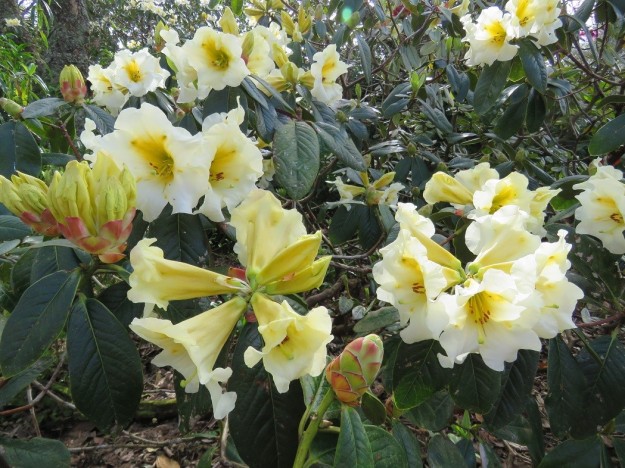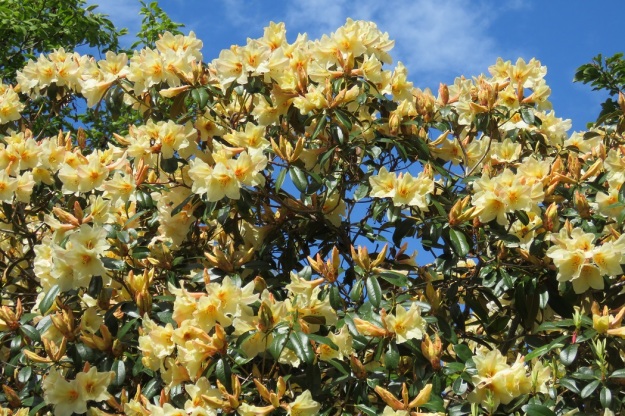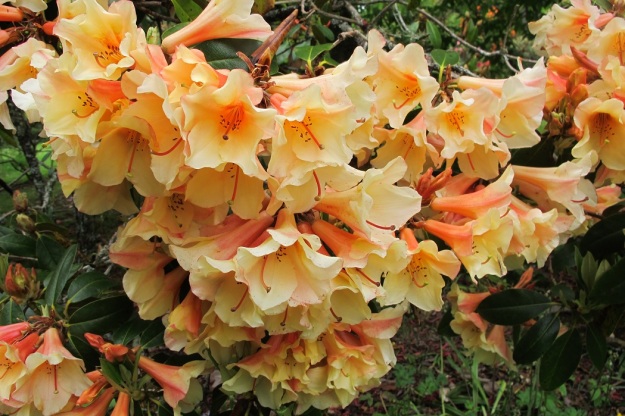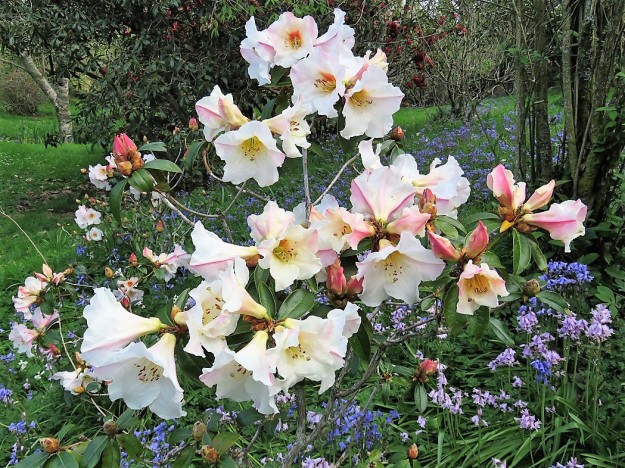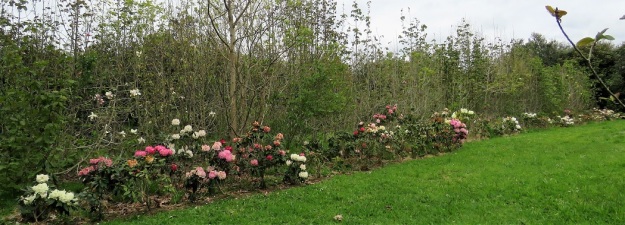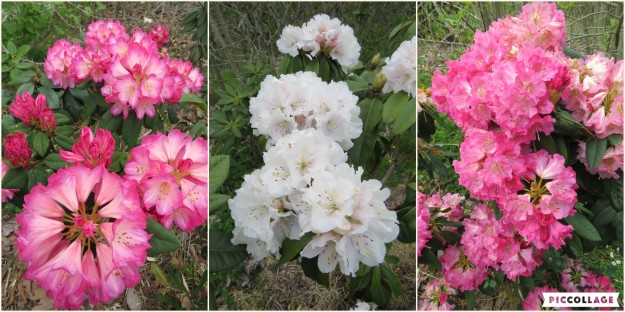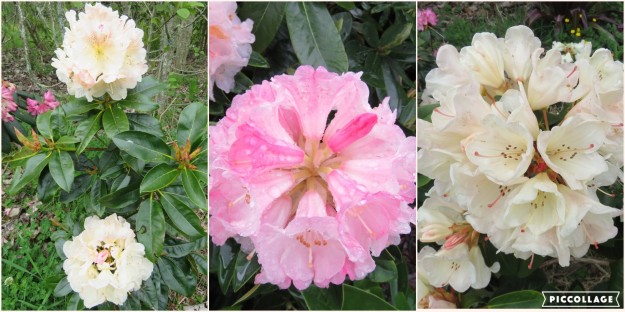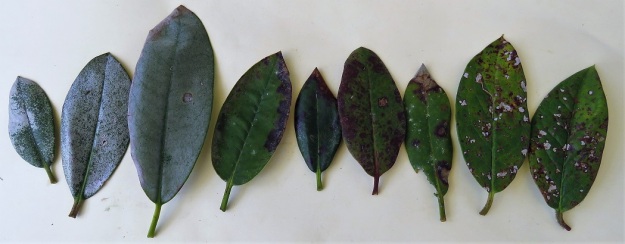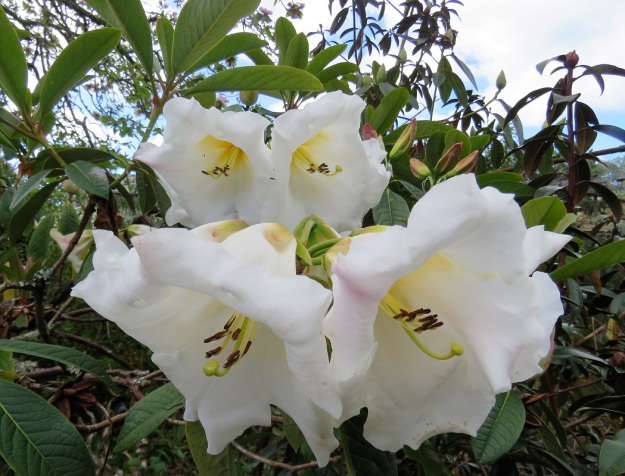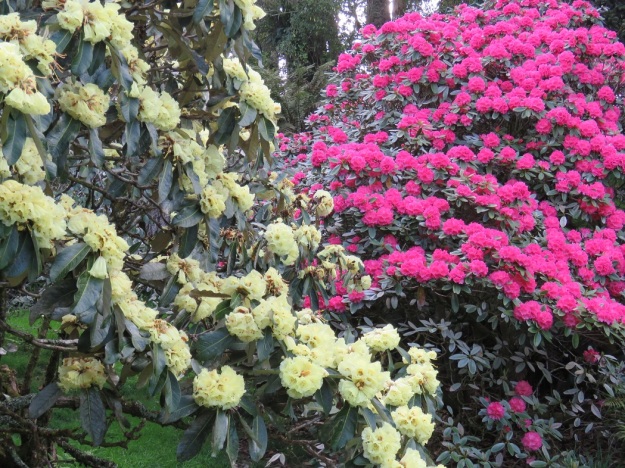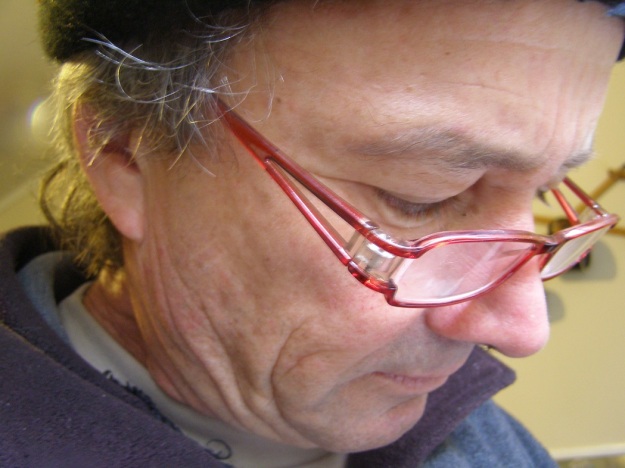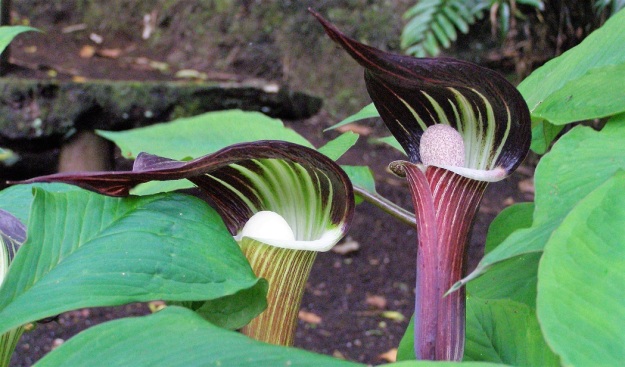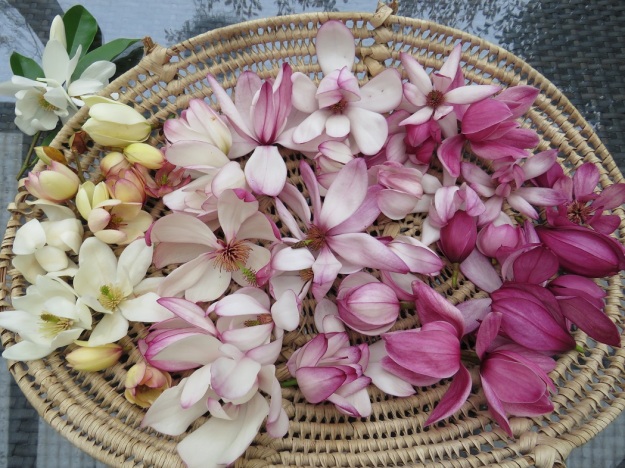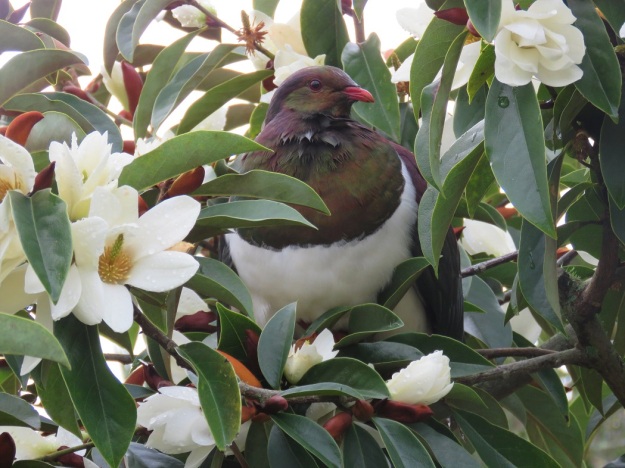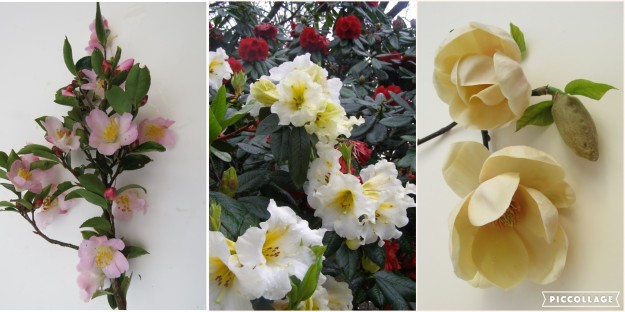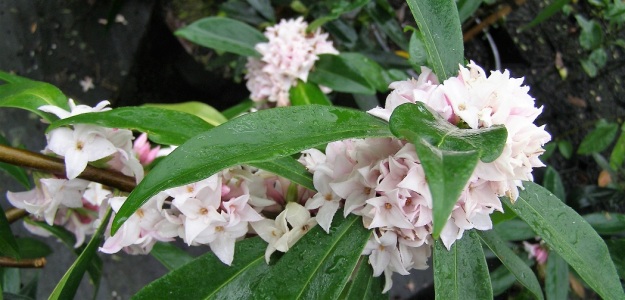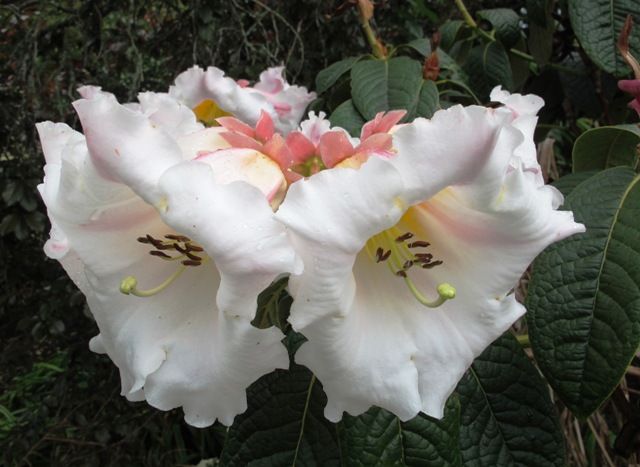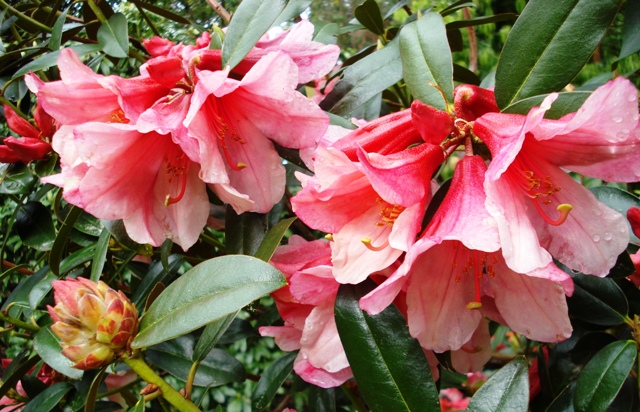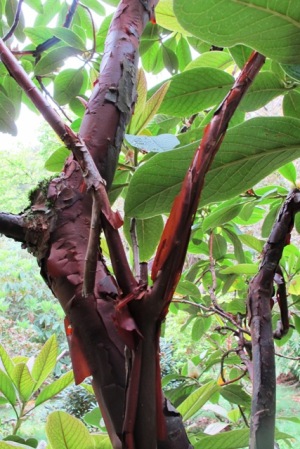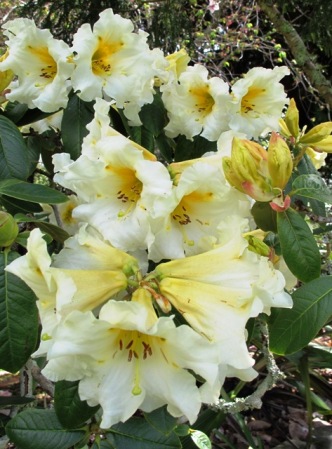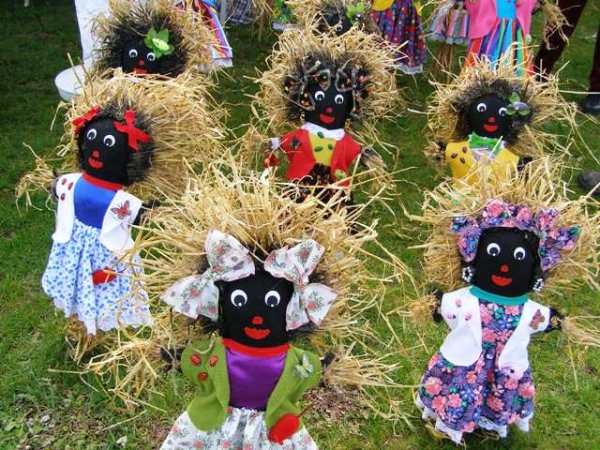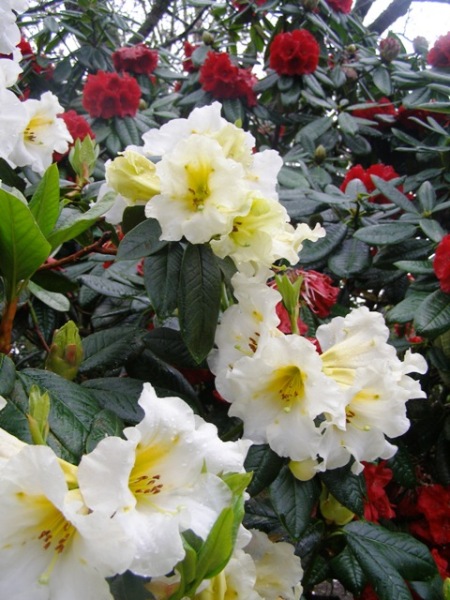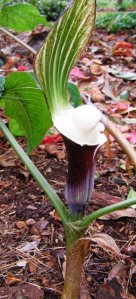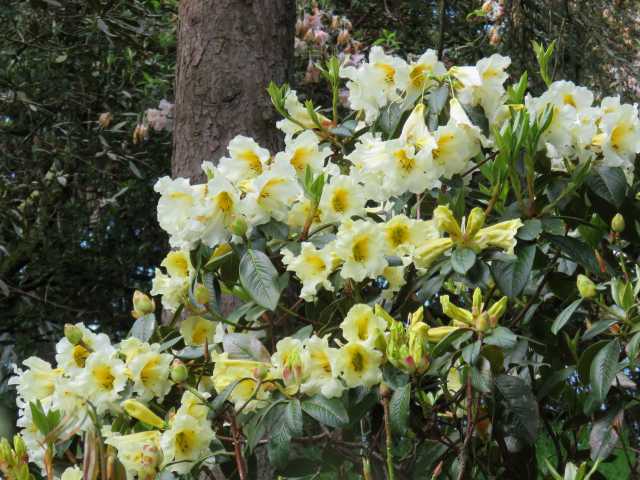
As the deciduous magnolia season draws to a close, it is time for the rhododendrons to star. And Mark’s rhododendron hybrids ‘Floral Sun’ and ‘Floral Gift’ have indeed been starring this week. Not only are they gorgeous, they are also scented, Gift even more so than Sun.
On Friday next week, we have the New Zealand Rhododendron Association conference attendees coming here. This was originally scheduled for 2021 but cancelled at the last minute as large parts of the country went into the second Covid lockdown. We agreed to them coming this year even though we no longer open the garden.
We are not the rhododendron garden we once were. They were a key plant when Felix and Mimosa started the garden here and Mark started the nursery on rhododendrons. We produced a huge range, including many of the showy American rhododendrons that were all the rage back then. Some readers will remember the days when everybody wanted ‘Lems Cameo’, ‘Lems Monarch’, ‘Puget Sound’ and the likes.
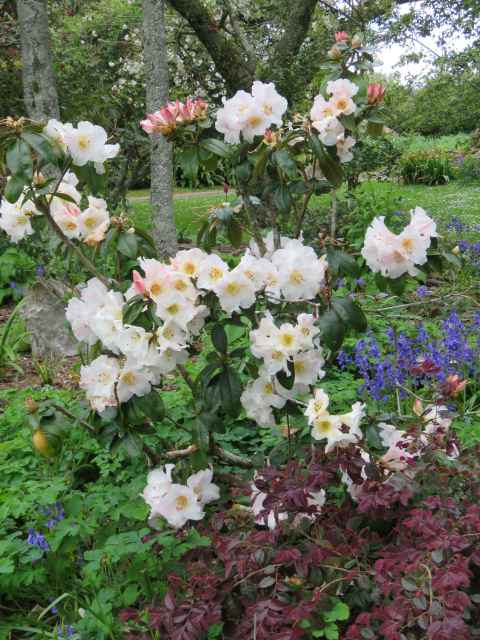
In the time since, we have lost many plants which either faded away or up and died on us, as Mark describes it. This includes a lot of the species, the dwarf varieties which are largely bred from alpine species and the showy hybrids from places with colder climates. Rhododendrons are reasonably adaptable plants as long as they get a winter chill (which they don’t here), a situation which is not hot and dry in summer or too wet at any time. I console myself with the knowledge that the British Royal Horticultural Society’s flagship garden, Wisley, has recently felt the need to relocate a lot of their rhododendron collection to more northerly RHS gardens in order to save it. Wisley has a low rainfall and the combination of increasingly dry conditions combined with milder winters meant that many varieties were endangered.
Public gardens play a major role in preserving species and collections but that is not a responsibility we take on as a private garden. We just go with the flow and adapt. One of those adaptations has been to largely eliminate the use of sprays. Some of our rhododendrons required spraying every year to keep them healthy but there is nothing sustainable in that. So it comes down to accepting that we will lose ‘Rubicon’, ‘College Pink’, the Loderi hybrids and some others.

What we do know is what will thrive and look good without spraying. We have always been fond of the maddenii group and particularly the nuttalliiis. None of them have the big, round, ball trusses commonly associated with rhododendrons but most are scented, keep good foliage, do not get infested with thrips (which is what gives white leaves and weakens the plant), suffer from leaf burn on the edges of the leaves and they are far happier in our mild conditions without a winter chill. I much prefer them to the classic ball trusses now but I spent countless hours trying to persuade customers and retailers of their merits when we were producing them commercially. Too many just wanted rhododendrons with big red trusses.
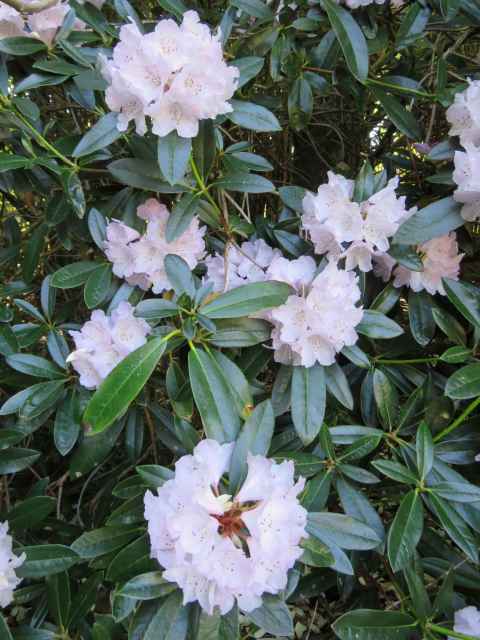
Mark set out to see if he could breed healthy plants with ball trusses and clean foliage in order to meet the market demand. But it takes a long time to breed and assess new woody plants (except for roses which have a super-quick turnaround) and, in the meantime, rhododendrons fell from favour for all the reasons mentioned above, meaning demand dropped away and we retired from the nursery and plant production. So even though some of them are pleasing, they just sit in a long row in a paddock and we look at them from time to time.
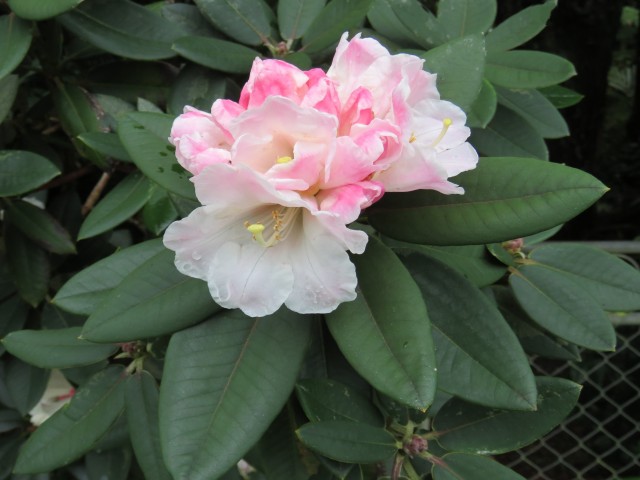
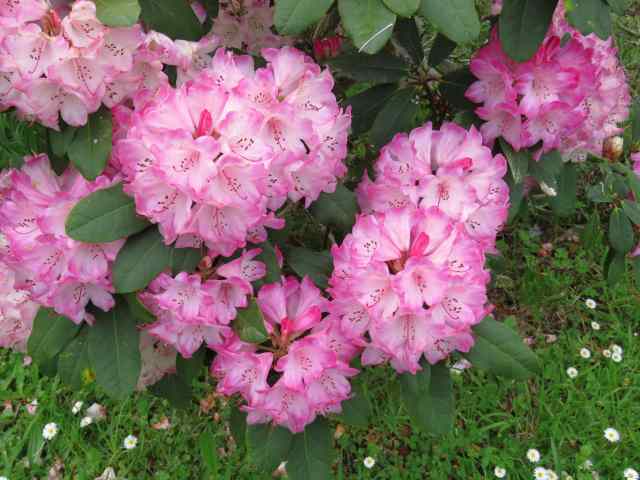
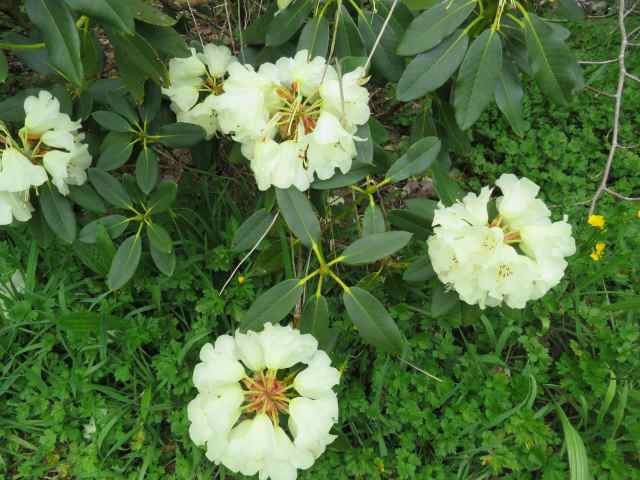
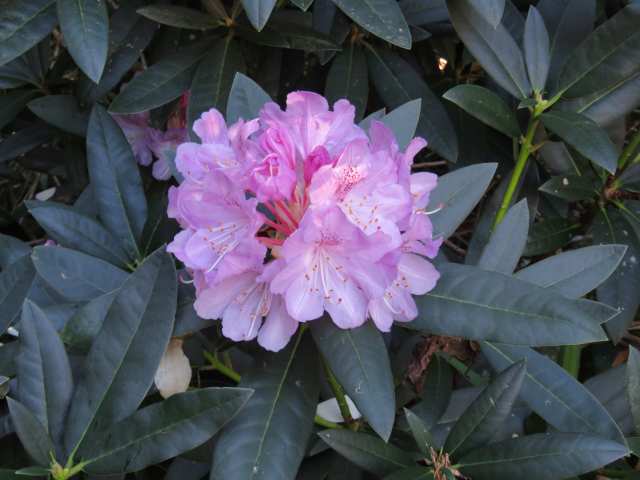
I may pick blooms of those that are looking good to show the conference attendees when they visit. It is not that the flowers are exciting breakthroughs; it is that they have good foliage and a healthy habit as well as mass flowering, even when grown in full sun without ever being fed or sprayed. That is an achievement. One day, rhododendrons may come back into fashion and there is a little resource sitting here for a future generation to capitalise on.

Besides preparing the garden for the conference and an overseas tour due soon after, our roof has been dominating our lives here for the past few weeks. Like other houses from the same era of the early 1950s, we have – or had – a concrete tile roof and those tiles are now so fragile that they break if you so much as look at them. We bit the bullet and decided we could no longer delay replacing the roof. It is not an easy roof and therefore eye-wateringly expensive. The lead scaffolder commented that it is one of the most difficult scaffolding jobs on a domestic house that he has done because of the different roof levels. So we are surrounded in scaffolding, piles of tiles, bricks, new roofing and a whole lot more. And a partially reroofed house with stop-gap weather proofing in a Taranaki spring is high stress. Yesterday’s rain had Mark and me crawling around in ceiling cavities patching remaining cracked tiles from inside and strategically placing buckets. I don’t often concede to age but I came to the conclusion that we really are getting too old to be crawling around in ceiling cavities. If it is fine tomorrow, we should see the main body of the roof finished with only ridge cappings, flashings, spouting and downpipes to go. I am looking forward to the day when we no longer have to worry about leaks and occasional internal floods (two so far this year).

The new roof is an anachronism in materials – long run roofing iron – but not in colour. The old tiles had weathered to grey-brown but we can see that they started off in a shade that was more orange than red and I can remember those startling orange tile roofs from my childhood. The new roof is dark brick-red-brown and that will be fine, probably an improvement on the earlier orange-red. I did not want a grey roof. There is enough greyness in the world without voluntarily adding more.

Dropping the back chimney to below roof level was a major job that took three men with a jackhammer and a sledge hammer all day on Friday. We didn’t use that fireplace – we have three others – and we have long worried that the massive brick tower was an earthquake hazard that had the potential to demolish part of the house and take lives if it ever snapped off. We have to take earthquake risks seriously in our shakey, quakey isles. Architecturally, I am sad to see it gone but it will be a relief not to worry about earthquakes or leaks.

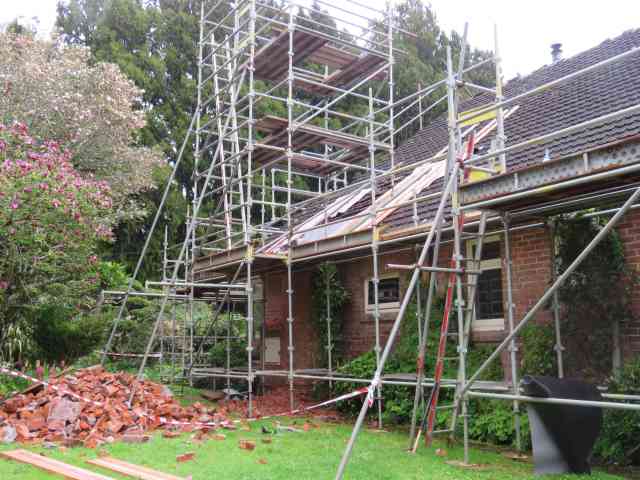
Whether all this will be completed, cleared and the outside areas reinstated before the conference people arrive at the end of next week remains to be seen but they are coming to see the garden, not the house. At least we are not open for the garden festival because that would have been a problem.

